The majestic big cats, known for their grace and power, face countless challenges while thriving in the wild. Among these are the extreme weather conditions that test their resilience and adaptability. From sweltering heat to freezing cold, these magnificent creatures have developed remarkable strategies to survive, ensuring that they endure and prosper in their natural habitats. This article delves into the fascinating ways big cats handle extreme weather, providing a glimpse into the secret lives of these apex predators.
Adaptations to Sweltering Heat
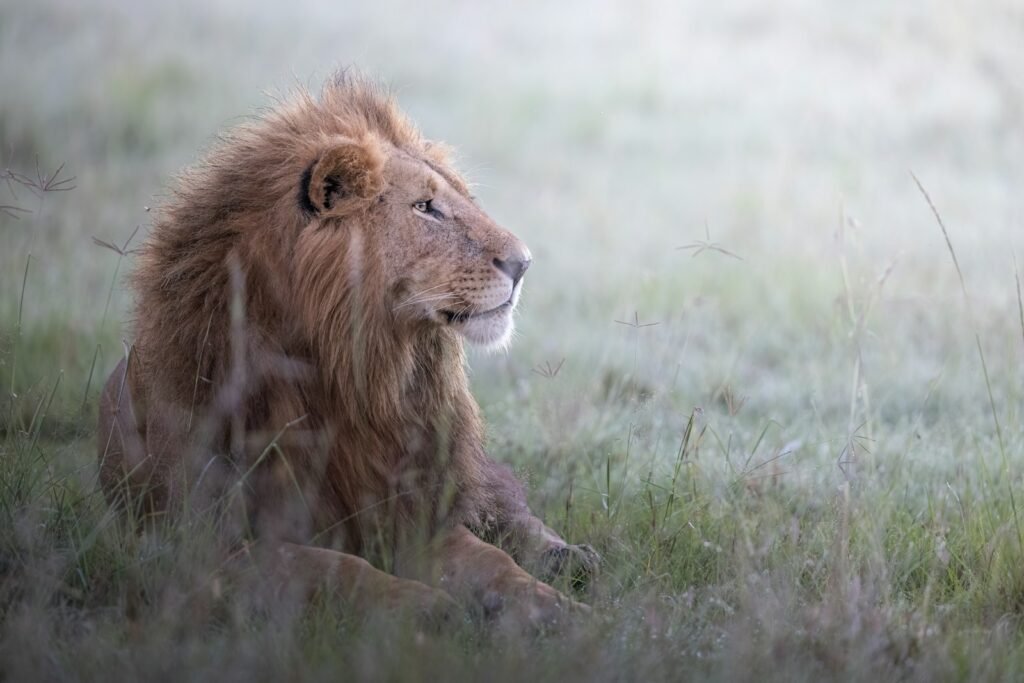
Many big cats inhabit regions where temperatures can soar to scorching levels, such as the African savannas and the Indian subcontinent. To cope with the heat, big cats like lions, cheetahs, and leopards primarily become more active during cooler parts of the day, such as early morning or late evening. During peak heat, they rest in shaded areas, conserving energy while avoiding the harsh sun.
Efficient Water Conservation
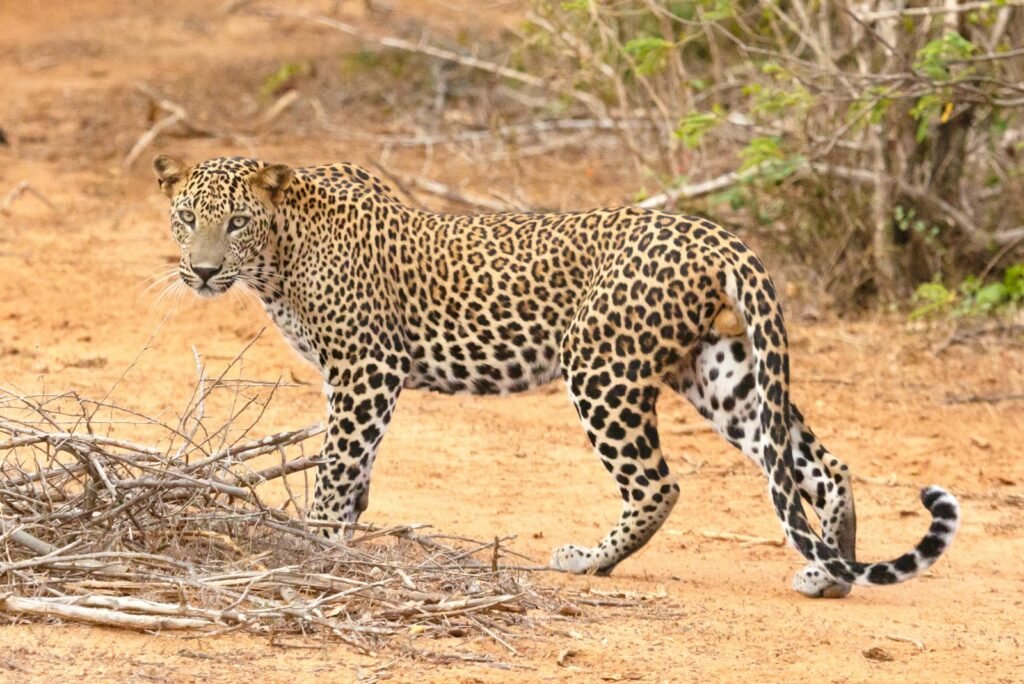
In arid environments, water sources can be scarce. Big cats have adapted to survive with minimal water intake. Their kidneys can concentrate urine to retain water, and they typically get the moisture they need from the prey they consume. This adaptation is crucial for their survival in dry habitats.
Thick Coats for Bitter Cold
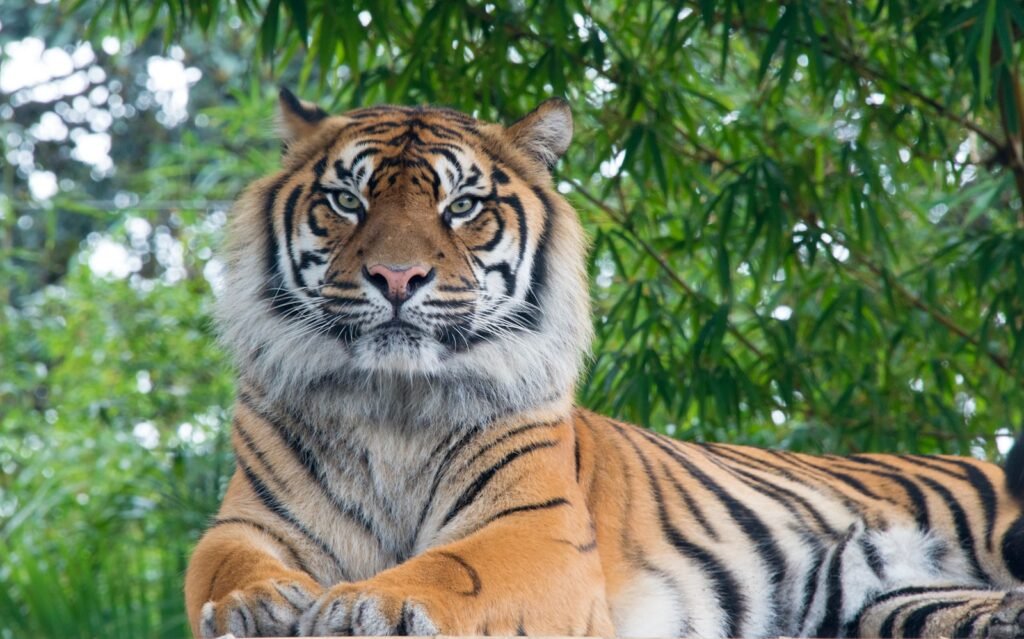
In contrast, big cats residing in cooler, more frigid regions, such as the Siberian tiger, have developed thick fur coats that provide insulation against the cold. This adaptation helps them maintain body heat during freezing winters, allowing them to hunt and thrive even in the harshest of climates.
Behavioral Adjustments
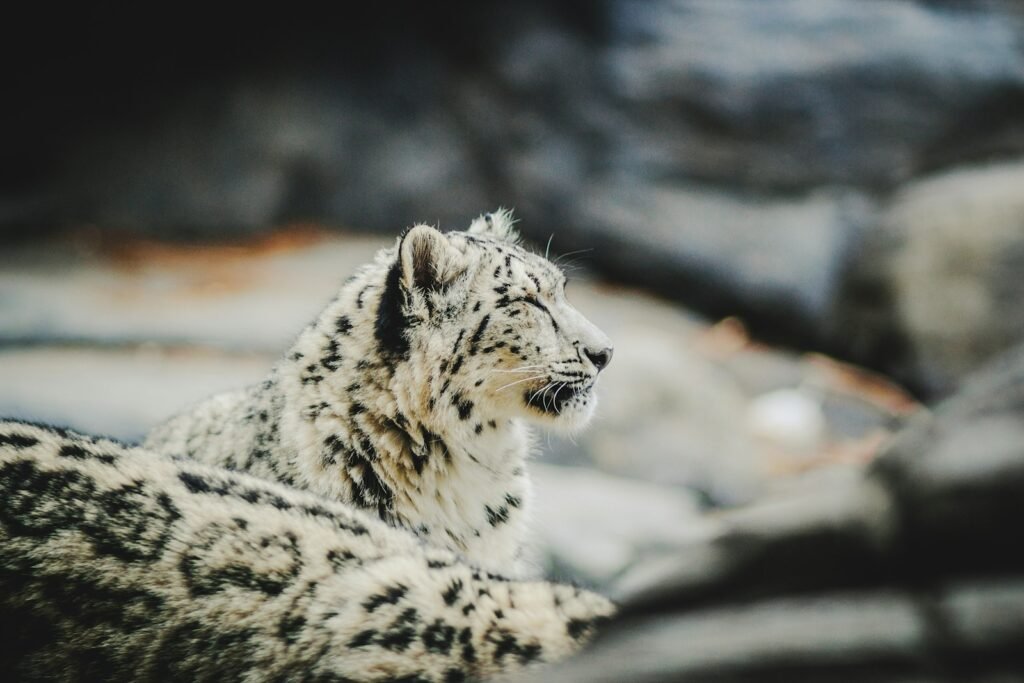
Big cats exhibit behavioral adaptations as responses to changing weather conditions. For instance, when faced with deep snow, some species, like the snow leopard, optimize their weight distribution across their large paws, acting like natural snowshoes that enable them to walk on snow without sinking.
Finding Shelter

When extreme weather hits, finding appropriate shelter becomes crucial. Many big cats utilize natural features in their habitats, such as caves, dense vegetation, or rocky outcrops, offering a buffer against harsh weather conditions. These shelters provide protection and a place to rear young in safety.
Collaborative Living
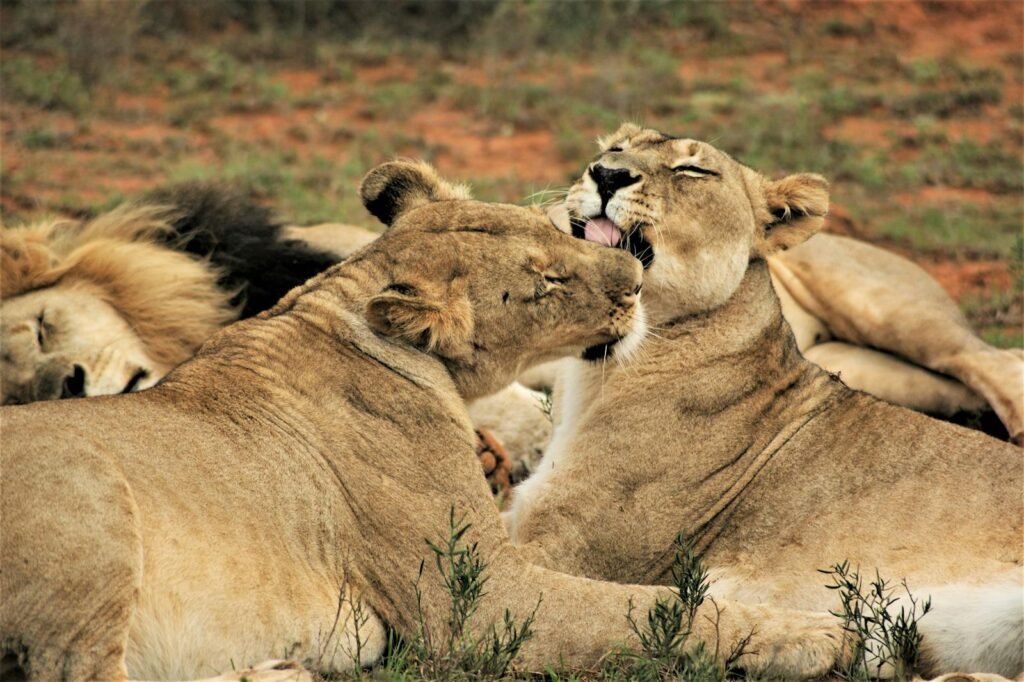
While most big cats are solitary, lions present a unique adaptation through their social structure. The pride system allows lions to cooperatively fend off predators and secure resources, which is particularly vital in areas with unpredictable and harsh climates. This collaboration sustains their survival in challenging environments.
Efficient Hunting Techniques
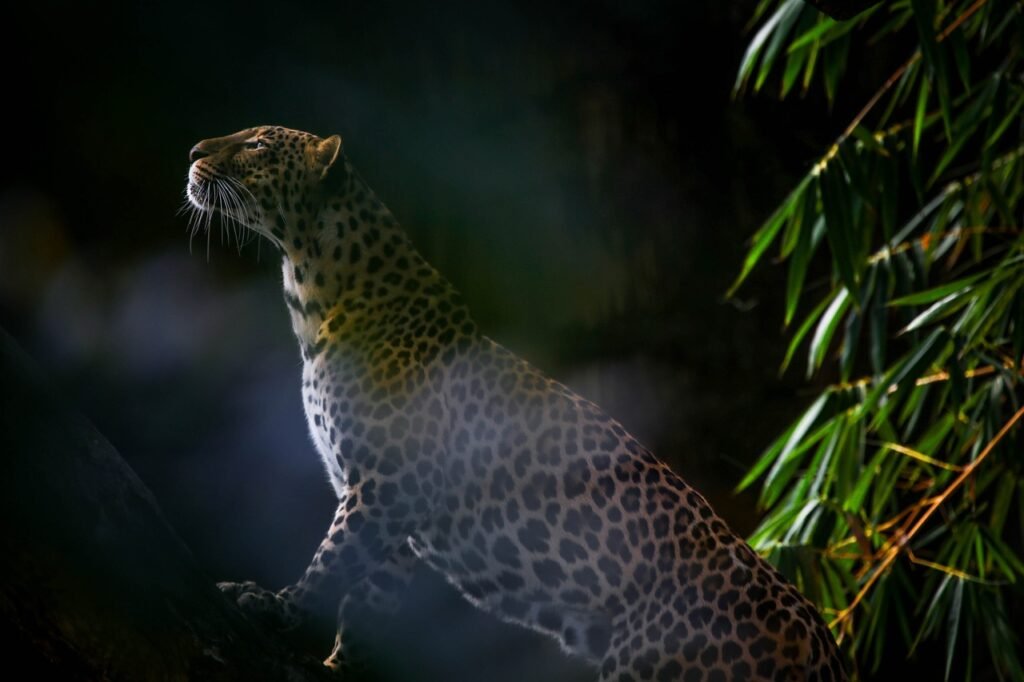
Big cats have honed their hunting skills to accommodate extreme weather conditions. For instance, the snow leopard’s quiet stalking ability and precise pouncing technique help it catch prey with minimal energy expenditure in difficult mountainous terrain. These efficient hunting methods are essential for survival, especially when energy must be conserved during temperature extremes.
Seasonal Migration
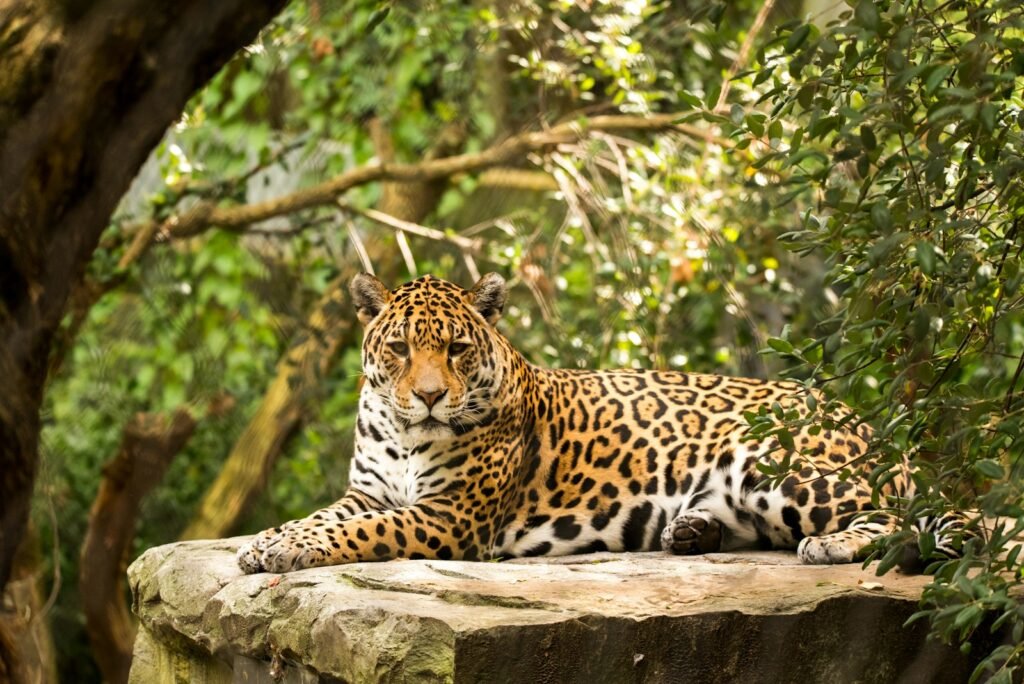
Although not typically migratory, some big cats may adjust their territorial range in response to climatic changes. This seasonal movement ensures access to adequate prey and resources, allowing them to avoid areas that have become inhospitable due to weather extremes.
Communication and Cautious Movement
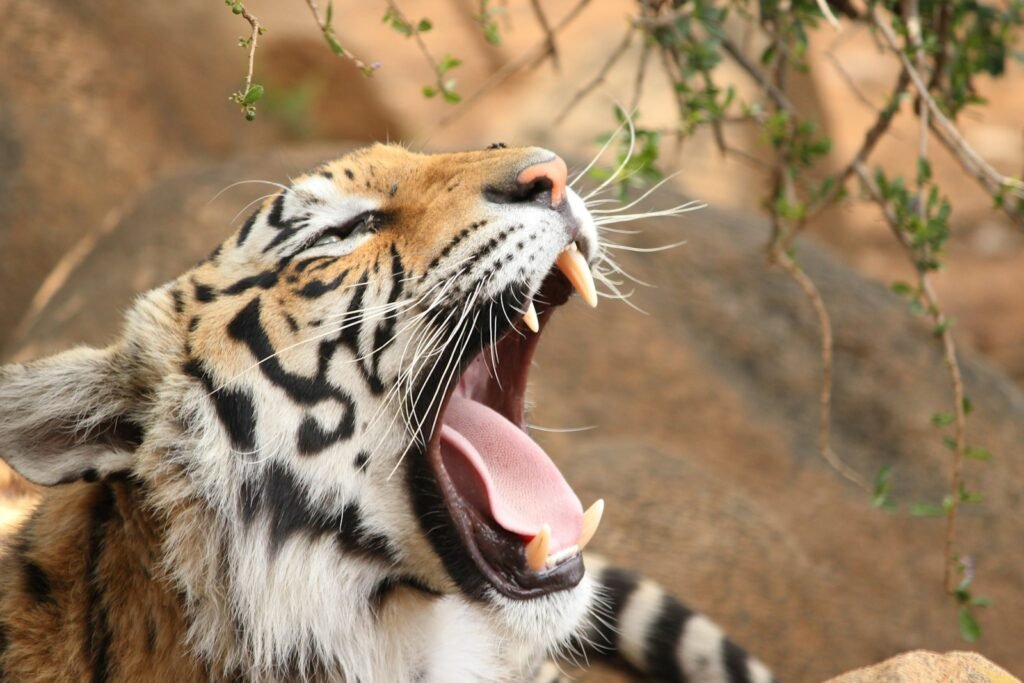
Changing climates often demand that big cats enhance their communication skills. Roaring or marking territory becomes more pronounced, alerting them to the presence of other animals and potential threats. They also adopt cautious movements to conserve energy and manage risks associated with slippery or rugged terrains caused by weather conditions.
Fur and Color Changes
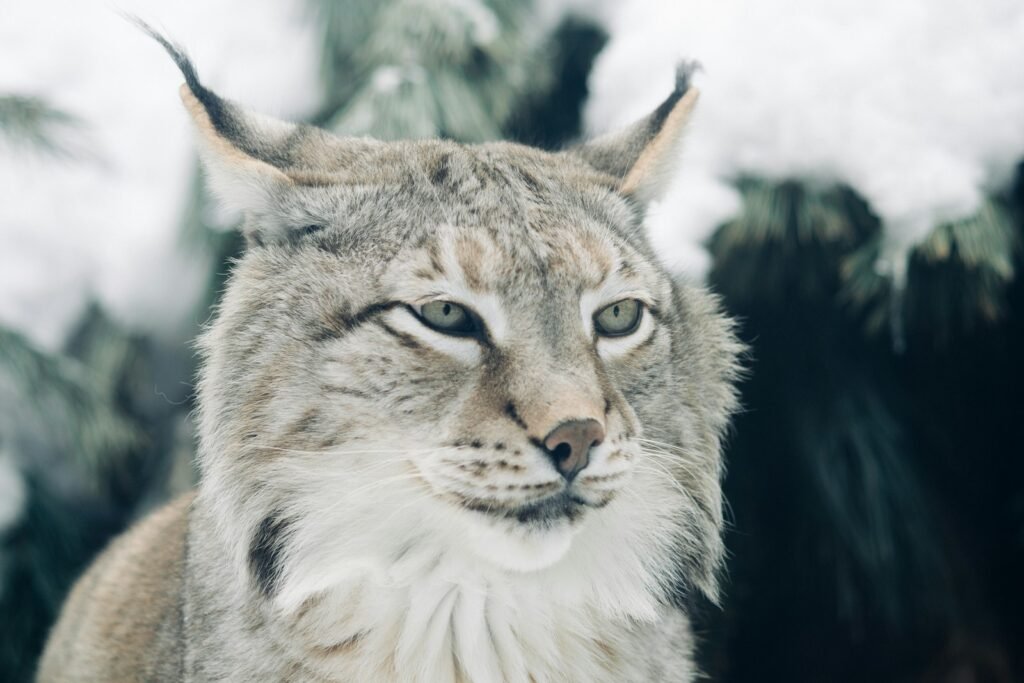
Some big cats, such as the lynx or certain leopard populations, may exhibit seasonal changes in their fur thickness and color. In colder climates, their coats become denser and lighter to provide warmth and camouflage against snowy backdrops, further aiding their survival.
Metabolic Rate Adjustment
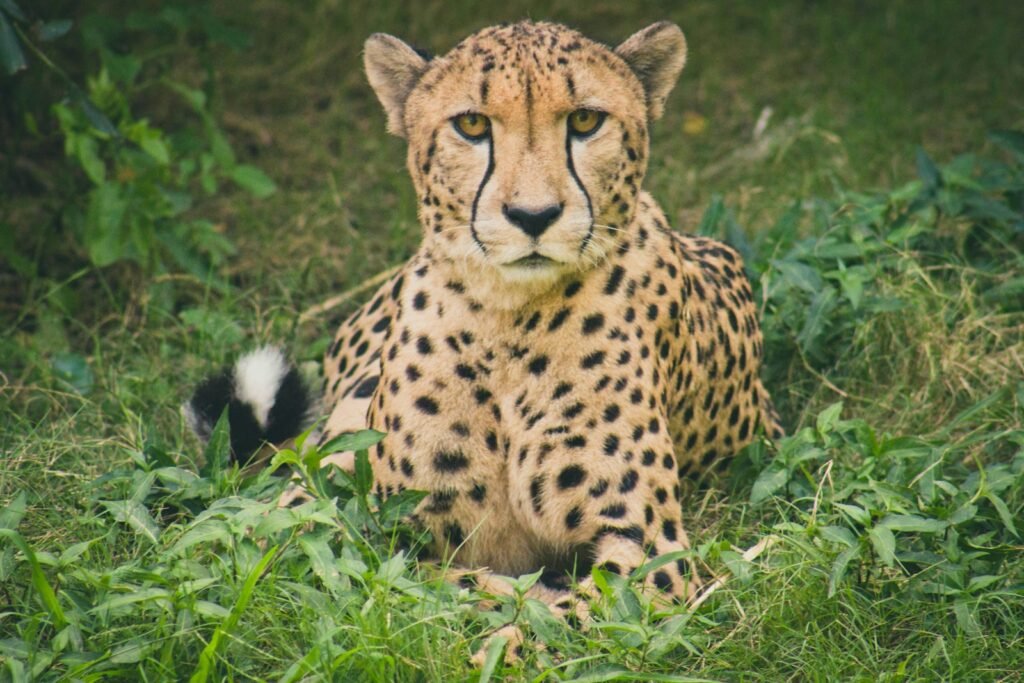
Big cats are known to adjust their metabolic rate according to environmental temperatures. By slowing down their metabolism during harsh, resource-scarce times, they conserve energy, ensuring that essential functions can continue without the need for excessive hunting.
Conclusion: Resilient Survivors
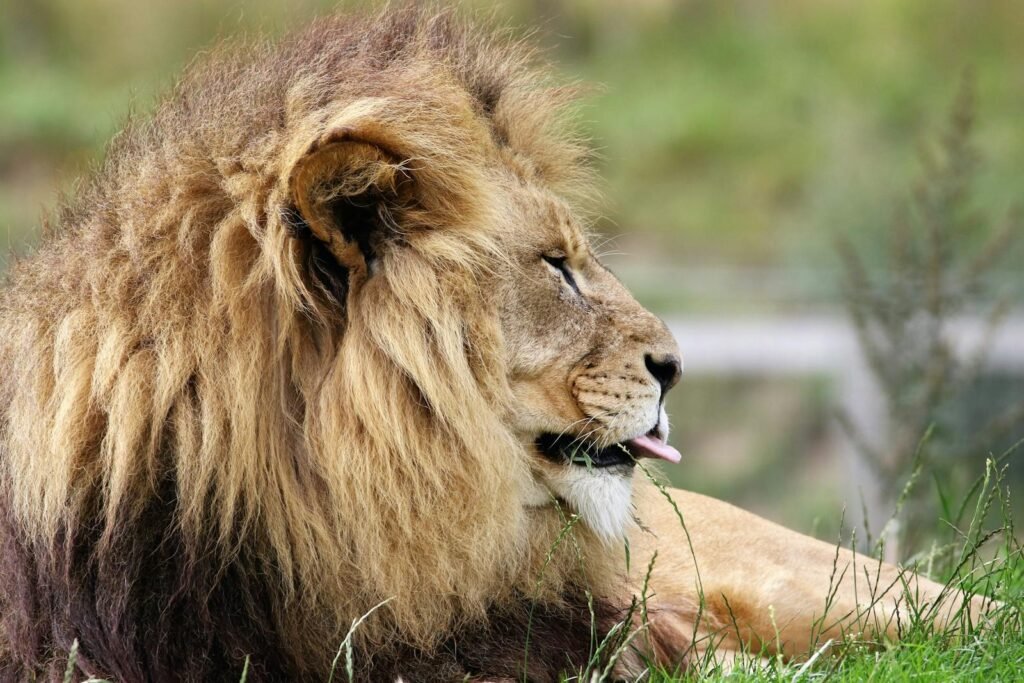
The adaptability of big cats to extreme weather conditions showcases their remarkable survival skills and resilience. From physiological adaptations to behavioral strategies, these apex predators have evolved over millennia to conquer the challenges posed by nature. Their continued existence in diverse and brutal climates is a testament to the intricacies of evolution and the perseverance of life in the wild. Understanding these adaptations not only highlights the beauty and strength of big cats but also underscores the importance of conserving their habitats to ensure their survival in a rapidly changing world.
Hi, I’m Bola, a passionate writer and creative strategist with a knack for crafting compelling content that educates, inspires, and connects. Over the years, I’ve honed my skills across various writing fields, including content creation, copywriting, online course development, and video scriptwriting.
When I’m not at my desk, you’ll find me exploring new ideas, reading books, or brainstorming creative ways to solve challenges. I believe that words have the power to transform, and I’m here to help you leverage that power for success.
Thanks for stopping by, Keep coming to this website to checkout new articles form me. You’d always love it!






